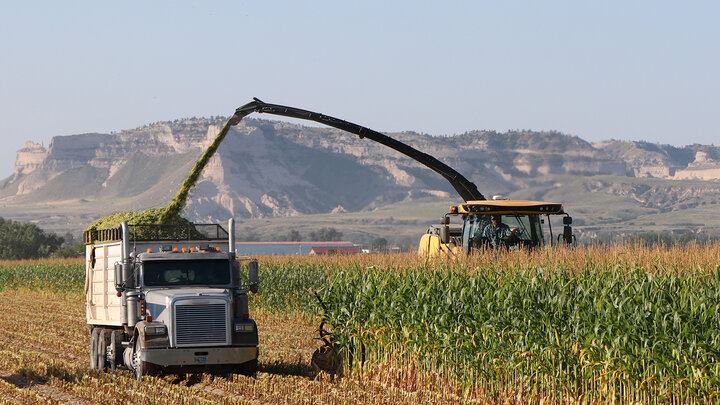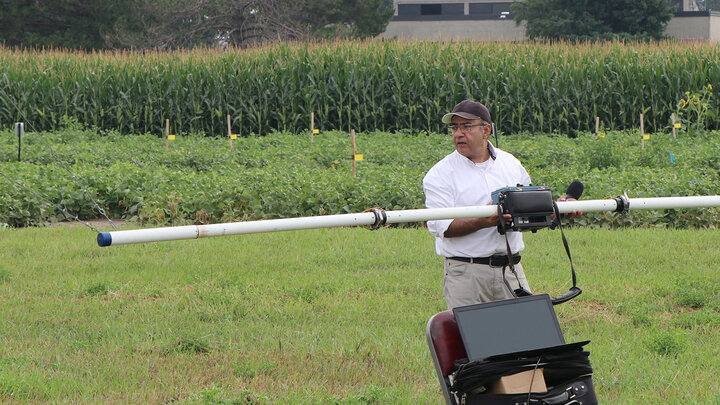Harvest time is here for gardeners, especially those with tomatoes. Here are some challenges you may find in your garden with tomatoes.
Blossom end rot is a very common problem on green and ripe tomatoes caused by a calcium deficiency. It first appears as a sunken, brownish black spot 1⁄2 to 1 inch in diameter on the blossom end of the fruit. It occurs in rapidly developing fruit during periods of hot, dry weather. To prevent, maintain a steady rate of plant growth without stress. This includes watering consistently, mulching to conserve soil moisture, monitoring nitrogen fertilizer applications, properly staking plants, and sanitizing pruning equipment after each use. If blossom end rot occurs, remove the affected fruit.
Two types of cracks may develop on tomato fruit. Radial growth cracks radiate from the stem and concentric cracks encircle the fruit, usually on the shoulders. Cracking is associated with rapid fruit development and wide fluctuations in water availability to the plant. Fruit that has reached the ripening stage during dry weather may show considerable cracking if the dry period is followed by heavy rains and high temperatures. Tomato varieties differ considerably in the amount and severity of cracking under climatic conditions. Mulching and avoiding heavy applications of nitrogen fertilizer should help reduce fruit cracking.
When harvesting, harvest fully ripe tomatoes to get the best flavor and color. Pink tomatoes may be harvested and allowed to ripen indoors at room temperature (65 to 70 degrees). Ripe tomatoes should be stored at room temperature to retain their best flavor. Fully ripe tomatoes may be refrigerated for several weeks, although storage temperatures below 50 degrees will cause flavor loss. Green tomatoes should be picked in the fall just before frost or a light freeze. Refrigeration is not recommended for green tomatoes. Instead, leave at room temperature to promote ripening and flavor development unless used for pickling in their ‘green’ condition.
When frost is imminent, mature green tomatoes can be harvested and ripened indoors. The fruit should be solid, firm, free of defects, full-sized, and have a greenish white skin color. Remove the stems, then clean and dry the fruit. Individually wrap each fruit in a piece of newspaper and place in single layers in boxes or shelves. Store the tomatoes in a dark, cool (55-60°F) location, such as a basement or cellar. Inspect the tomatoes periodically during storage. Discard any soft or decaying fruit. When the tomatoes begin to color, remove the newspaper, and place them at room temperature. To ripen tomatoes quickly, put them in a brown paper bag with or without an apple. As apples and tomatoes ripen, they give off ethylene gas. Ethylene speeds up the fruit ripening process when confined in a closed bag.




